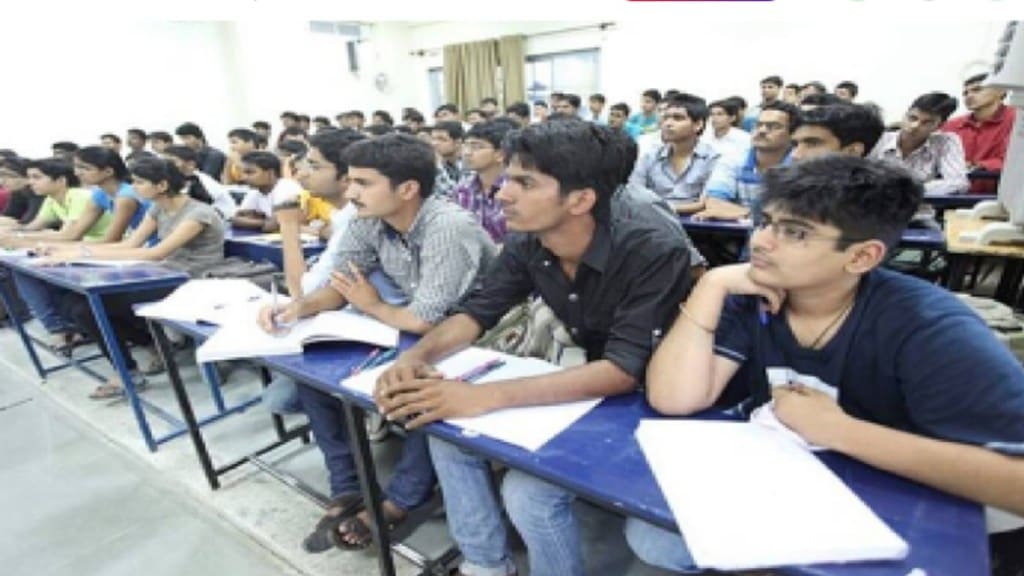By Atanu Biswas
“This period of nine months is similar to the nine months you were in your mother’s womb… Forget everything else, just remember your parents’ faces the day you left them to come here. You are doing this for them.” This is how teenaged IIT aspirants in Kota, a town 250 kilometers south of Jaipur, Rajasthan, are being motivated in one of the opening scenes of Hemant Gaba-directed An Engineered Dream (2018), the best non-feature film at the 67th National Awards. The film depicts the claustrophobic world of Kota’s IIT coaching centers through the eyes of four students in Kota, from different corners of the country.
Kota is unquestionably India’s coaching capital, both for the coveted IITs and for other engineering and medical schools. Kota Factory or coaching factory—this is how the coaching hub is dubbed. Its intriguing story also enticed Netflix; the Hindi web-series Kota Factory draws inspiration from the lives of aspiring engineering students who join a coaching institute in Kota to crack the IIT entrance exam. The series tried to depict the “24/7 pressure cooker situation” of the town, which an auto-rickshaw driver calls “not a city but a very big hostel.” Chetan Bhagat’s novel Revolution 2020 is another portrait of the lives and lifestyles of the aspirant students of Kota through the lens of the protagonist, Gopal. Interestingly, Gopal’s handle is GopalKotaFactory.
Also read: China’s Covid confusion
Apparently, Kota has also been another sort of factory. It’s dubbed the “suicide factory” in some reports; 15 students there committed suicide this year. In fact, suicides among students are not rare in Kota. As per the National Crime Records Bureau report, 45 suicides of students were reported in the town in 2014, and each of 2015 and 2016 witnessed 17 such cases. In Kota, about 2 lakh teenagers cage themselves in cubicle-sized rooms and study for 15-plus hours a day to prepare for the entrance exam to top colleges, where the acceptance rate is less than 1%. Over the years, Kota has been a piteous tale of great expectations and unavoidable hopelessness. Thus, it’s also a tale of the burial of hope. Suicides may occur as a result of the effects of a rigorous study regimen, the burden of parental expectations, and the fear of falling behind. The poor living conditions and lack of emotional support have also been cited as some of the contributing factors to the suicides.
Kota began coaching for IIT entrance exams in the mid-1980s. In Revolution 2020, Gopal mentioned a coaching institute that “had an agreement with a cooperative CBSE school, which had a flexible attendance policy.” Reportedly, most of its coaching institutes have such arrangements with local schools so the students can skip regular classes there and concentrate instead on their engineering- or medical-focused training modules at the coaching centres.
Kota has thrived as a coaching hub, with around 3,500 hostels, over 25,000 PGs, 1,800 messing places, and several cafes, tiffin centers, breakfast stalls and other businesses at present. On average, a student pays up to Rs 2.5 lakh to the coaching institute per year. In addition, there are food and accommodation overheads. Based on simple calculations, the economy of Kota’s coaching hub, with approximately 2 lakh students, should clearly be in the range of Rs 60,000-70,000 crore. Needless to say, coaching factories, thus, provide a direct or indirect source of livelihood to many residents of the town.
Big towns in India are flooded with lots of coaching institutes to engineer dreams and ignite the hopes of students and their guardians. Aspirants come to Kota from all over the country, mostly from small towns in North India, and even outside the country, to pursue their and their parents’ dreams of a passport to a coveted career in engineering or medicine—a dream that is often engineered. Kota’s coaching centers just grab such business opportunities. Overall, the coaching hub, which has over 10 mega and 50 small and individual coaching institutes, may be viewed as a toxic microcosm of society, which prioritises admission to top engineering and medical colleges so high that parents are willing to spend beyond their means. It also forces lakhs of bright young boys and girls of the country to suffer in order to meet family and societal expectations.
Also read: Go beyond plain vanilla IPOs
While discussing the Kota reality, we, however, are ignoring the fact that it is really unfortunate and a matter of serious introspection that the entrance exams of our best engineering and medical colleges are such that factory products can crack them! The system couldn’t make factory-type training redundant yet.
“Love is what your parents give you if you clear the IIT exam,” says a hapless hero in “Revolution 2020.” A teenager in “An Engineered Dream” even prayed to Donald Trump to start the Third World War before the IIT exam! With the number of aspirants nearly 100X the number of seats, most students will invariably fail in fulfilling their dreams, irrespective of their efforts or training. However, Kota Fctory mentions that “it takes seven years to overcome the trauma of these two years.” Society should realise that a success or failure has multiple angles for introspection. Otherwise, the Engineered Dream may orchestrate a systematic collapse of society.
The writer is Professor of statistics, Indian Statistical Institute, Kolkata
